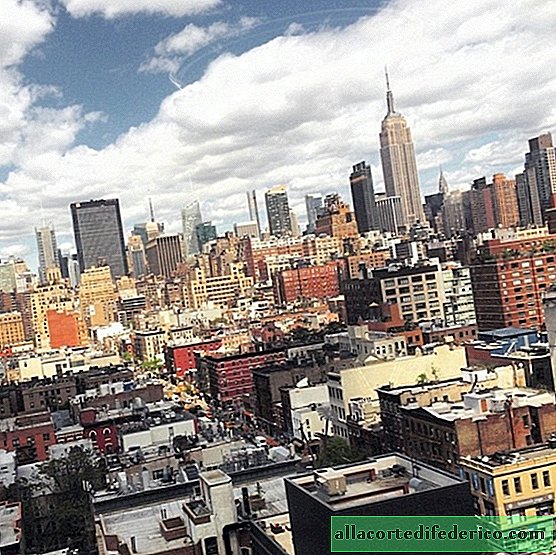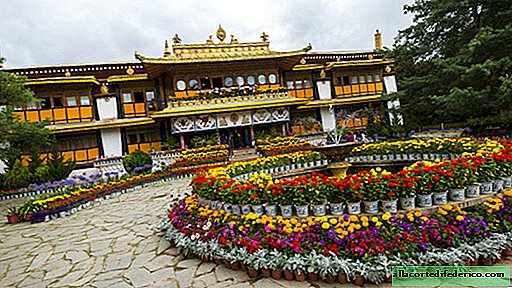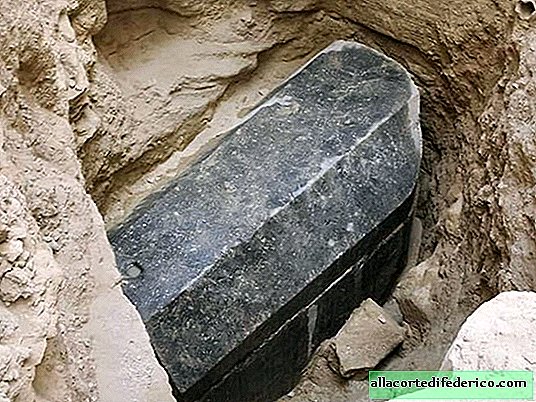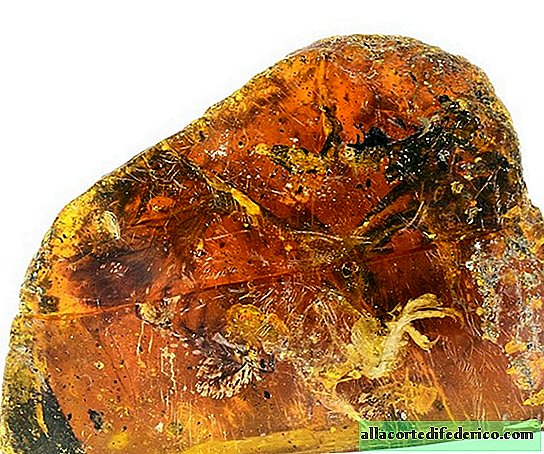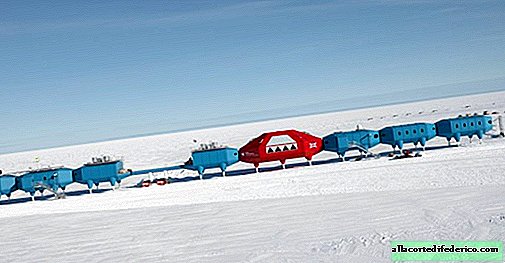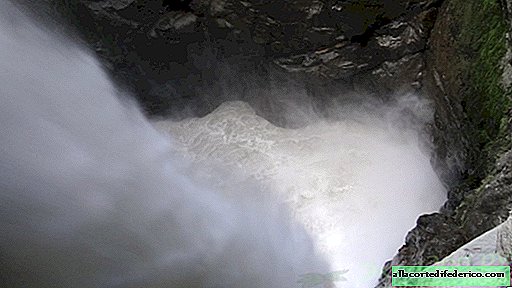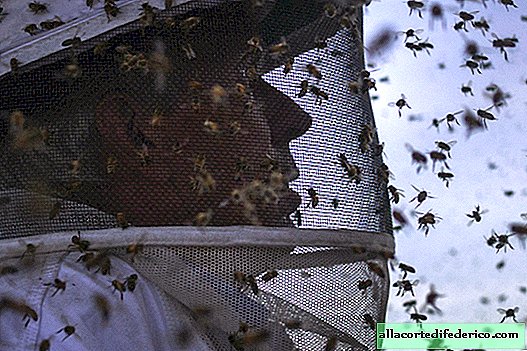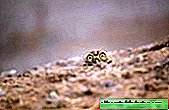The mystery of the death of Maya civilization: what scientists have discovered in the Big Blue Hole
The view of this natural object from a height of flight is simply amazing, and Jacques-Yves Cousteau called the Big Blue Hole one of the best places to dive. A perfectly smooth round funnel in the middle of the oceans looks like an entrance to a parallel world. The darker color of water compared to the surrounding surface of the ocean eloquently testifies to the colossal depth of the Big Blue Hole, which attracts divers and travelers from all over the planet.

The large blue hole and the atoll surrounding it are located on the territory of the state of Belize, in the Caribbean Sea. A natural phenomenon is part of the islands called Lighthouse Reef, which is 70 km from the coast. It has a diameter of 300 meters, and the depth of this funnel is 124 meters.

According to researchers, about 150,000 years ago this region was located on land, and the hole itself was filled with soft carbonate rocks: gypsum, limestone and dolomite. Subsequently, the sea level rose, and the region was flooded with sea waters. Water erosion did its job, and a karst funnel formed, one of the largest on the planet.

Interestingly, the Big Blue Hole has side niches, that is, its walls are not strictly vertical.


But the Big Blue Hole is not only a tempting place for diving and observing marine animals. A study of this unique natural site has helped scientists uncover the mystery of the decline of Mayan civilization. Researchers have previously suggested that a prolonged drought was likely the cause of the decline of a great civilization on the neighboring Yucatan Peninsula. Bottom sediment samples confirmed this version. The fact is that, depending on the amount of precipitation, the ratio of titanium and aluminum in the bottom sediments of the adjacent sea changes. Intensive precipitation actively erodes the soil layer and removes mineral substances from land. Based on the analysis of these precipitations, it was concluded that between 800 and 1000 years droughts were often observed on the territory of the Yucatan Peninsula, and the total amount of precipitation was below the climatic norm of that period.

Mayan civilization, like all other agrarian states of the Ancient World, depended entirely on favorable environmental conditions. In the case of a perennial crop failure, civilization was on the verge of extinction. This is exactly what happened with the Mayan state on the Yucatan Peninsula: America's outstanding culture has declined due to lack of moisture.




